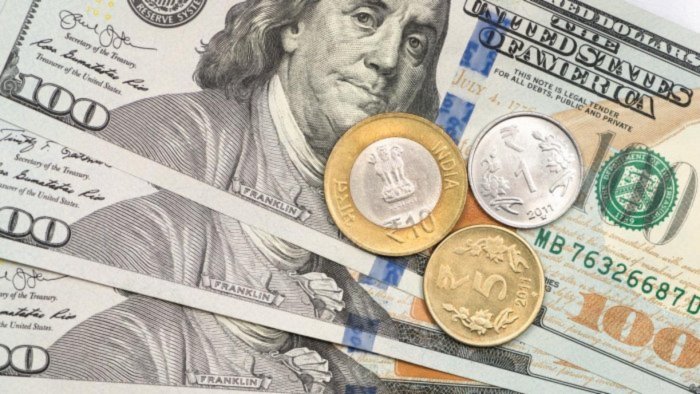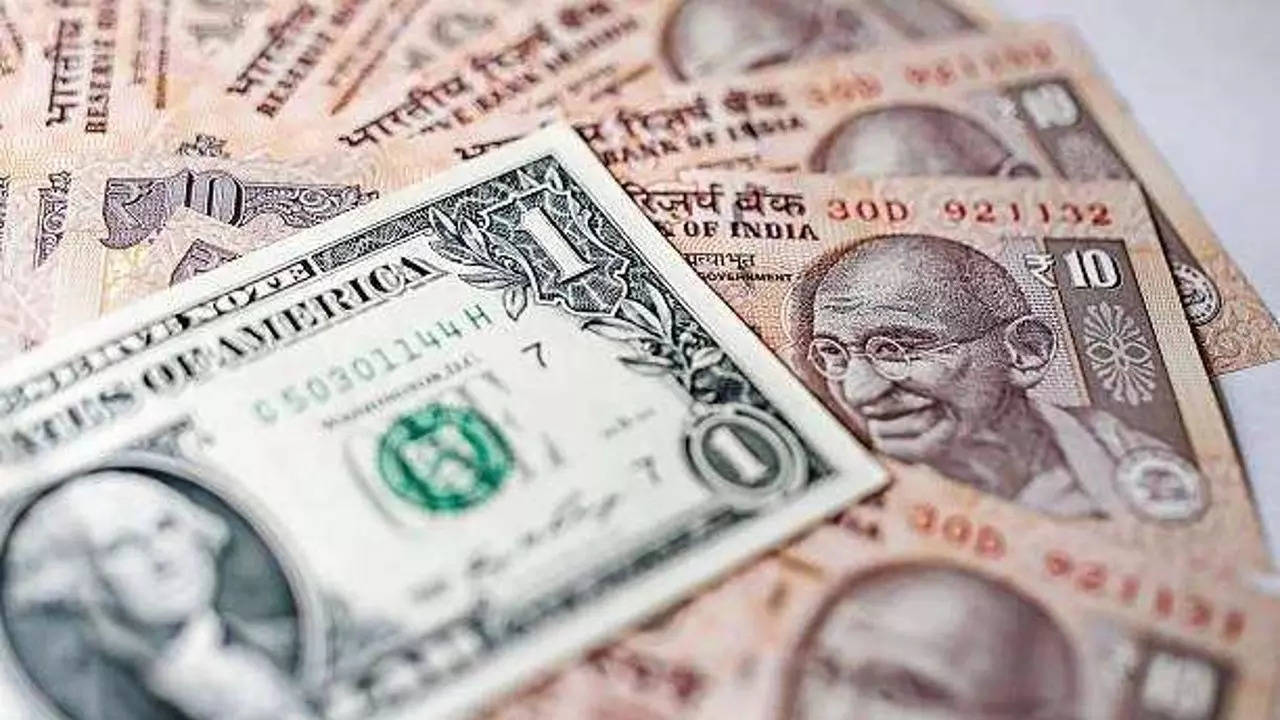58 Dollars in Rupees. When it comes to international currency exchange, the value of one currency against another plays a crucial role. For travelers, investors, and businesses engaged in global trade, understanding exchange rates is essential. In this article, we will delve into the topic of “58 dollars in rupees,” exploring the current exchange rate, factors influencing it, and the impact it has on various stakeholders.
The Basics of Currency Exchange
Before we dive into the specifics of the USD to INR exchange rate, let’s understand the fundamentals of currency exchange. An exchange rate is the value of one currency expressed in terms of another currency. It is constantly changing due to the forces of supply and demand in the foreign exchange market.
Various factors influence exchange rates, and understanding them can provide insights into the fluctuations that occur regularly.

The U.S. Dollar (USD) and the Indian Rupee (INR)
The U.S. dollar (USD) and the Indian Rupee (INR) are two prominent global currencies. The USD is the world’s primary reserve currency, while the INR serves as the official currency of India. The exchange rate between these two currencies plays a significant role in the financial and economic interactions between the United States and India.
58 Dollars in Rupees: Current Exchange Rate
As of [current date], the exchange rate of 1 USD to INR stands at [exchange rate]. Hence, 58 USD would be equal to [calculation] INR.
Historical Trends of USD to INR Exchange Rate
The USD to INR exchange rate has experienced fluctuations over the years due to various macroeconomic factors. Understanding the historical trends can provide valuable insights for predicting future movements.

Why Does the Exchange Rate Fluctuate?
Several factors contribute to the constant fluctuations in exchange rates. These factors include:
Economic Factors
The economic performance of both the United States and India can impact their respective currencies’ values. Factors like GDP growth, inflation rates, interest rates, and trade balances play a crucial role in exchange rate movements.
Political Stability and Geopolitics
Uncertainty in political environments and geopolitical tensions can lead to currency volatility. Stable political conditions often promote a strong currency.
Market Sentiment
Investor perceptions and market sentiment can cause short-term fluctuations in exchange rates. Traders’ reactions to news and events can drive significant movements.

Impact of Exchange Rate on Travelers
Exchange rates influence travel decisions, as they affect the cost of goods and services in foreign countries. A favorable exchange rate can make travel more affordable, while an unfavorable rate may deter potential travelers.
Impact on International Businesses
For companies engaged in international trade, exchange rates directly impact profitability. Fluctuations can affect the cost of imports and exports, making it essential for businesses to manage currency risk effectively.
Effect on Importers and Exporters
Importers and exporters deal with different currencies in their transactions. Exchange rate fluctuations can affect their pricing strategies and overall competitiveness in the global market.
Role of Central Banks in Influencing Exchange Rates
Central banks play a significant role in influencing exchange rates through monetary policy interventions. They can buy or sell currencies to stabilize or manipulate their own currency’s value.
Hedging Strategies for Currency Exchange Risk
To mitigate the risks associated with currency fluctuations, businesses often employ hedging strategies. These strategies help protect their finances from adverse exchange rate movements.
Tips for Getting the Best Exchange Rate
For individuals or businesses involved in currency exchange, getting the best rate is essential. We provide some useful tips to secure a favorable exchange rate.
Future Outlook for USD to INR Exchange Rate
Predicting exchange rate movements is challenging, but analyzing economic indicators and geopolitical developments can offer valuable insights into potential future trends.
Also Read:
Conclusion
In conclusion, understanding the exchange rate between the U.S. dollar and the Indian Rupee is crucial for individuals and businesses engaged in international transactions. Exchange rates are subject to constant fluctuations, influenced by economic, political, and market factors. By being aware of these factors and implementing appropriate strategies, stakeholders can navigate the dynamic currency exchange landscape more effectively.
FAQs
Is the USD to INR exchange rate stable?
The USD to INR exchange rate is subject to fluctuations due to various factors, making it relatively volatile.
What impact does the exchange rate have on tourism?
Exchange rates can influence the affordability of travel, affecting the number of tourists visiting a country.
How do central banks intervene in the foreign exchange market?
Central banks may buy or sell currencies to stabilize or influence their own currency’s value.
What is the significance of hedging in currency exchange?
Hedging helps businesses mitigate the risks associated with currency fluctuations, safeguarding their financial interests.
How can businesses forecast future exchange rate movements?
Forecasting exchange rates involves analyzing economic indicators, geopolitical developments, and market trends to make informed predictions.

